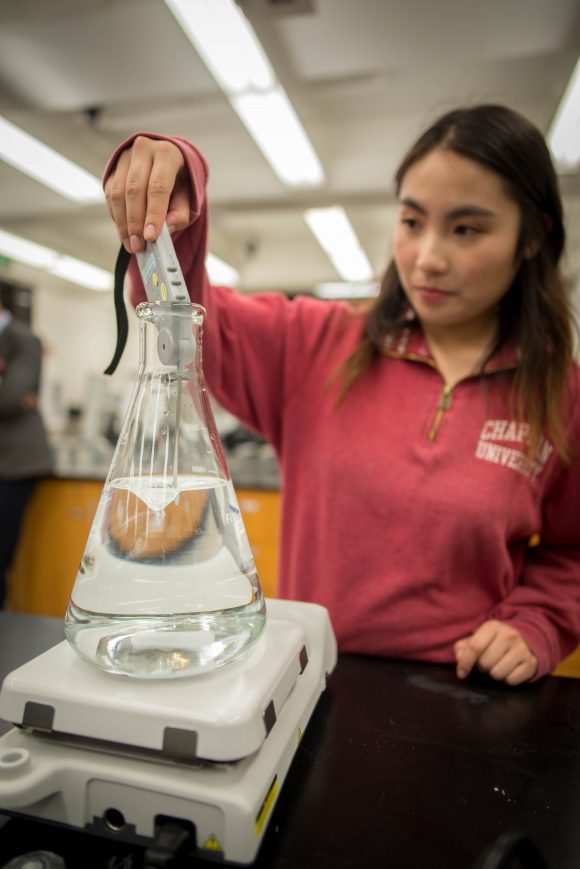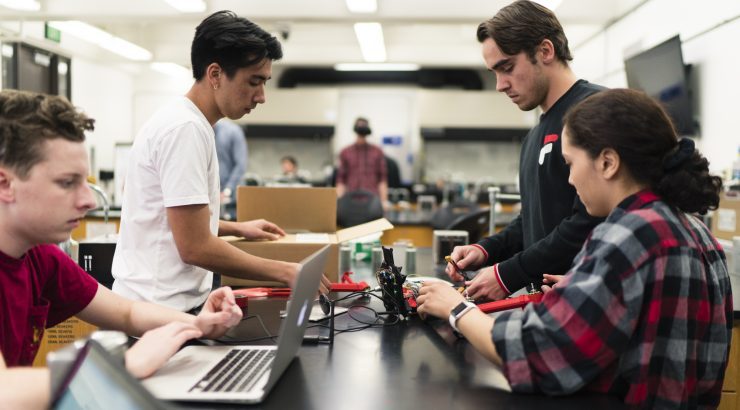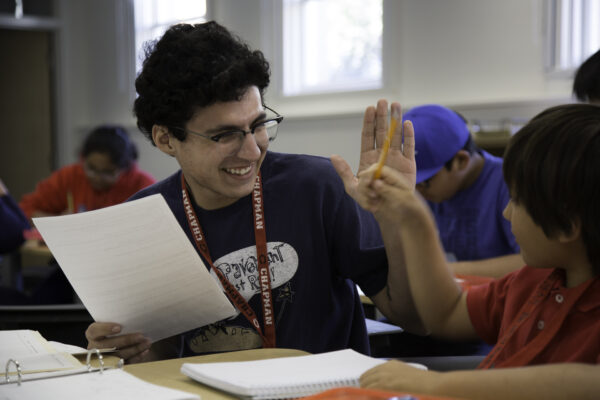At the end of the fall semester, I was offered a position as an assistant in the Grand Challenges Initiative (GCI) Makerspace at Chapman University. It was very rewarding to help the program transform an organic chemistry lab into a creative space for students to explore interdisciplinary solutions with sophisticated equipment. The new Makerspace includes everything from microscopes and Petri dish incubators to 3D printers and CNC mills.
Located in Hashinger Science Center, the Makerspace provides a variety of equipment that ranges from spectrophotometers for chemistry projects to open source prototyping platforms like Arduino for hardware projects. What was once a slightly crusty organic chemistry lab has a new face and now accommodates students working on any number of different projects.

Personally, the piece of equipment that excites me the most is the Ultimaker S5 3D printer. Though it seemed intimidating to operate, after being trained on how to use it, I’m convinced that this machine makes 3D printing accessible even to those without any prior knowledge. The Ultimaker printer feeds in a variety of different materials and its ports extrude the filament according to the part designed with computer-aided programming (CAD) software. The person who designed the part can also choose how the part is printed. For example, if an object printed has overhanging parts, then it would be a good idea to consider printing support layers that keep the hanging piece from bending. I have used the Ultimaker to print mirror mounts for a musical laser harp that I am working on with chemistry professor, Dr. Jerry LaRue. The precision and customization allowed by the Ultimaker allows me to make the mount compatible with the dimensions of the rotor involved in making the harp play at different notes.
This room is unique because it encourages students to approach problems from perspectives outside their field of study. As a physics major currently working in a chemistry lab, I’ve seen firsthand that science is not boxed up into discrete disciplines. The challenges we face today are fluid and not easily organized into the problem sets we complete in different individual courses. Topics that include finding alternatives to plastic or realizing sustainable energy sources require the intuition of individuals with versatile knowledge, and I believe that is what the GCI program is trying to build for students.




